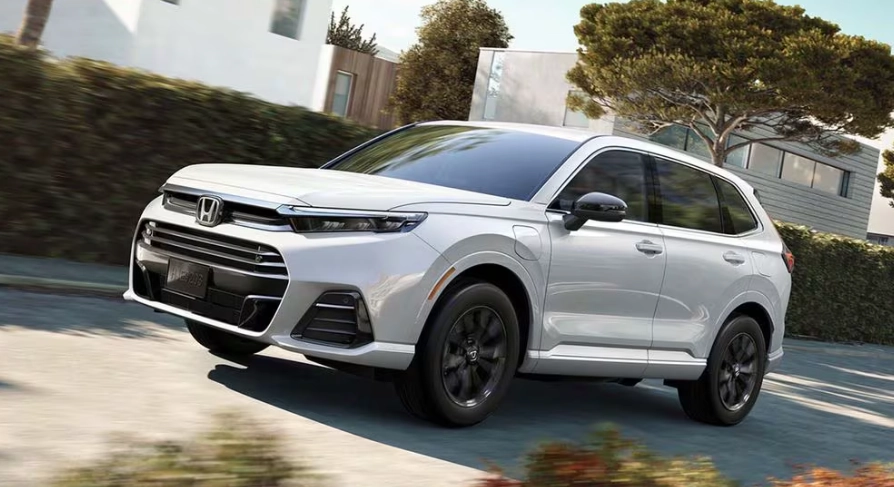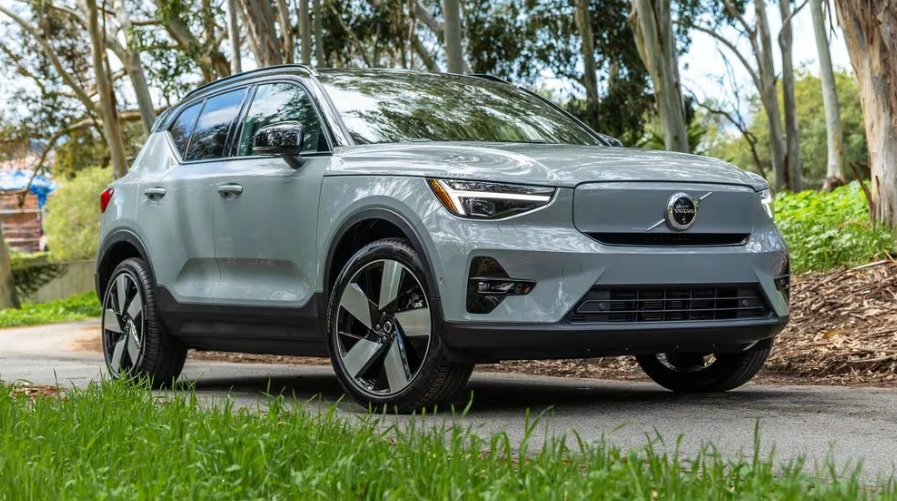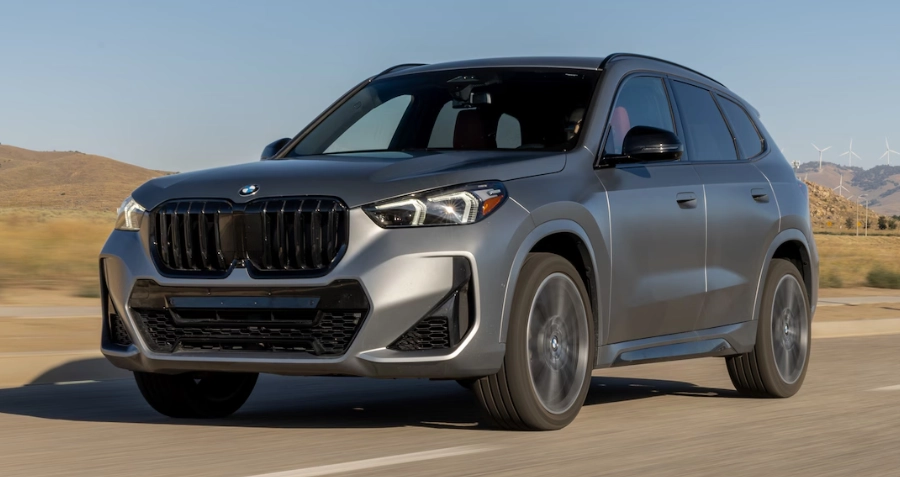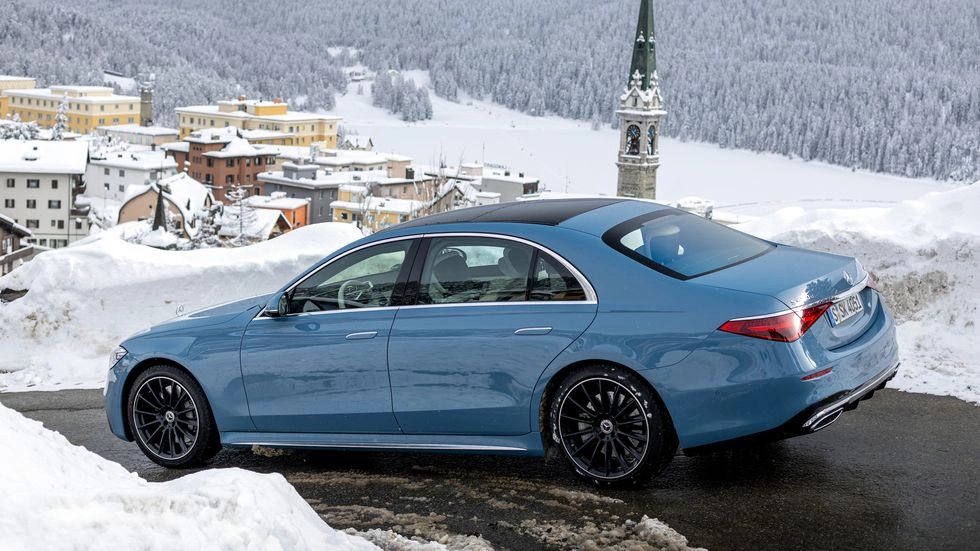Honda CR-V e: The Future is Now, Powered by Hydrogen

The automotive industry is on the brink of a revolutionary shift, and Honda is leading the charge with the introduction of the Honda CR-V e, powered by HydrogenArtic technology. This innovative vehicle represents a significant leap forward in sustainable transportation, combining Honda's reputation for reliability with cutting-edge hydrogen fuel cell technology. In this article, we will explore the features, benefits, and implications of the Honda CR-V e, showcasing why it's a game-changer in the realm of eco-friendly vehicles.
The Rise of Hydrogen Fuel Cell Technology
Hydrogen fuel cells have emerged as one of the most promising alternatives to traditional fossil fuels. Unlike battery electric vehicles that rely on lithium-ion batteries, hydrogen fuel cells generate electricity through a chemical reaction between hydrogen and oxygen. This process produces only water vapor as a byproduct, making it an incredibly clean energy source. The Honda CR-V e harnesses this technology, offering drivers an environmentally friendly option without compromising on power or performance.
A Glimpse into the Honda CR-V e’s Specifications
The Honda CR-V e is designed with both performance and efficiency in mind. Under the hood, it features a state-of-the-art hydrogen fuel cell system that delivers impressive horsepower and torque. With a range of over 300 miles on a single tank of hydrogen, this SUV is perfect for both city commutes and long road trips. The rapid refueling capability—typically taking just a few minutes—makes it as convenient as gasoline-powered vehicles while eliminating the time-consuming charging associated with battery electric vehicles.
Eco-Friendly Features
One of the standout features of the Honda CR-V e is its commitment to sustainability. The vehicle’s construction incorporates recycled materials, and its manufacturing process aims to minimize carbon emissions. Additionally, the CR-V e comes equipped with an eco-assist system that helps drivers maximize efficiency by providing real-time feedback on driving habits. This feature not only enhances fuel economy but also encourages environmentally conscious driving practices.
Advanced Technology and Safety Innovations
The Honda CR-V e is not just about being eco-friendly; it also boasts a suite of advanced technology and safety features. The vehicle is equipped with Honda Sensing, a comprehensive suite of safety and driver-assistive technologies designed to enhance overall driving experience. Features such as adaptive cruise control, lane-keeping assist, and collision mitigation braking provide an additional layer of security for drivers and passengers alike.
Moreover, the infotainment system in the CR-V e is intuitive and user-friendly, featuring a high-resolution touchscreen, smartphone integration, and voice recognition technology. These modern conveniences make the driving experience more enjoyable while keeping drivers connected on the go.
The Economic Benefits of Owning a Honda CR-V e
Transitioning to a hydrogen-powered vehicle like the Honda CR-V e comes with several economic advantages. Firstly, hydrogen fuel is becoming increasingly accessible, with more refueling stations emerging in urban and suburban areas. As infrastructure develops, the cost of hydrogen is expected to decrease, making it a more affordable option for consumers.
In addition to fuel savings, the Honda CR-V e may qualify for various government incentives aimed at promoting clean energy vehicles. These incentives can include tax credits, rebates, and reduced registration fees, effectively lowering the overall cost of ownership. Furthermore, the reduced maintenance costs associated with hydrogen fuel cells—compared to traditional internal combustion engines—can lead to long-term savings for owners.
The Future of Transportation
The launch of the Honda CR-V e signifies a pivotal moment in the automotive industry. As global awareness surrounding environmental concerns continues to rise, the demand for sustainable transportation options will only increase. Honda’s commitment to hydrogen technology not only positions them as a leader in the market but also sets a precedent for other manufacturers to follow suit.
As cities across the world strive to reduce their carbon footprints, vehicles like the Honda CR-V e will play a crucial role in transforming urban mobility. With its zero-emissions profile, this SUV aligns perfectly with the goals of many governments aiming for a greener future.
Conclusion: Driving Towards a Sustainable Future
The Honda CR-V e, powered by HydrogenArtic technology, is more than just a vehicle; it is a symbol of hope for a sustainable future. With its advanced performance, eco-friendly features, and commitment to safety, the CR-V e exemplifies the potential for hydrogen fuel cells to revolutionize the automotive industry. As consumers become more environmentally conscious, the demand for such innovative vehicles will undoubtedly grow.
In summary, the Honda CR-V e is not merely a step forward for Honda, but a giant leap for the entire automotive sector. It embodies the future of transportation—clean, efficient, and ready to tackle the challenges of tomorrow. Embrace the change and take part in a journey towards a greener planet with the Honda CR-V e.








